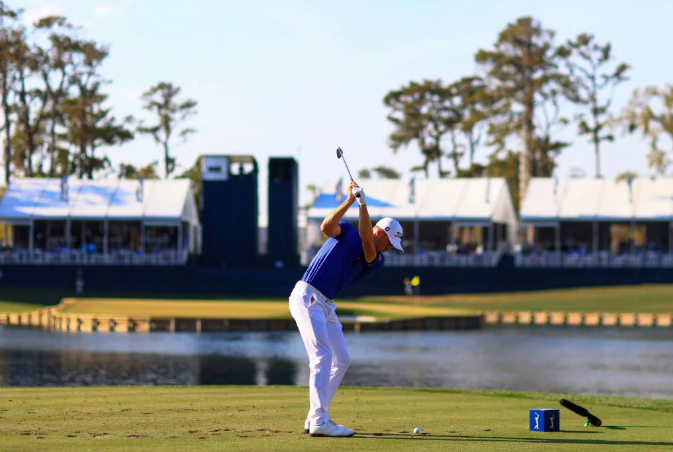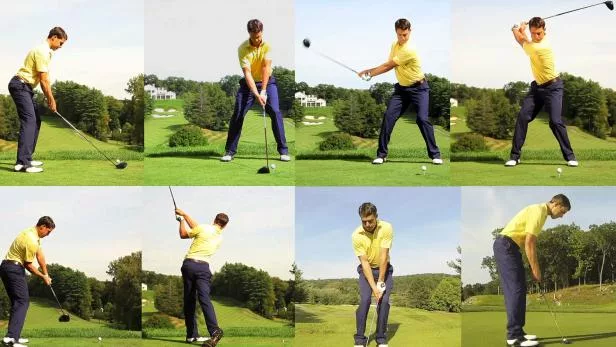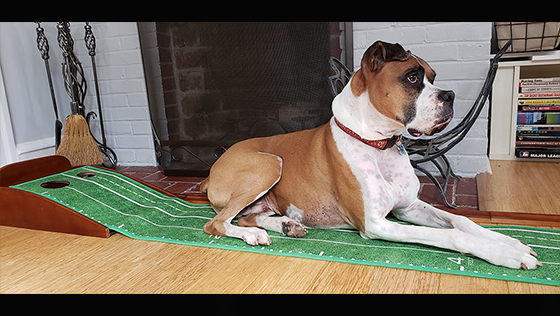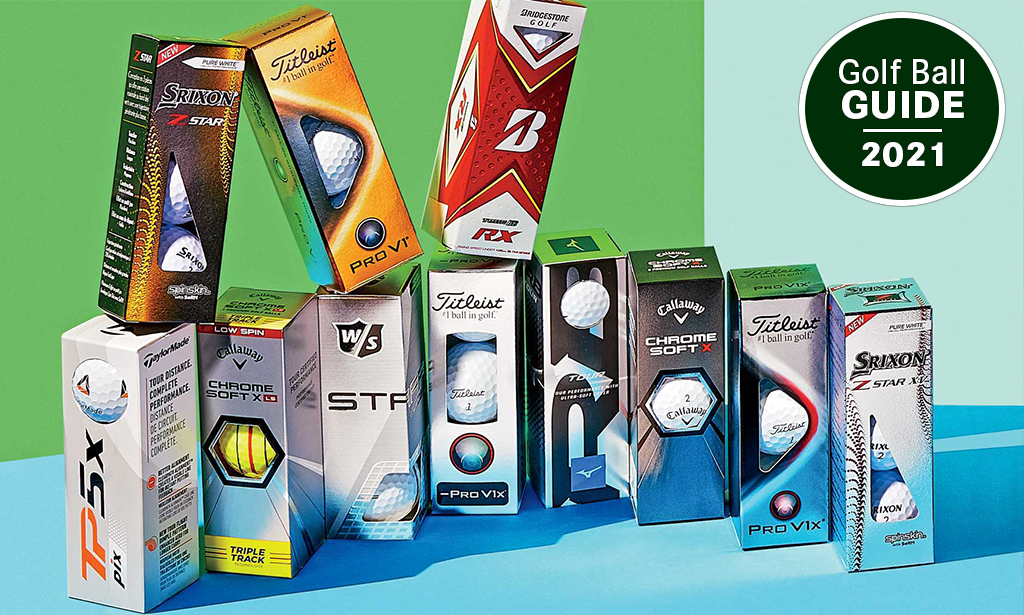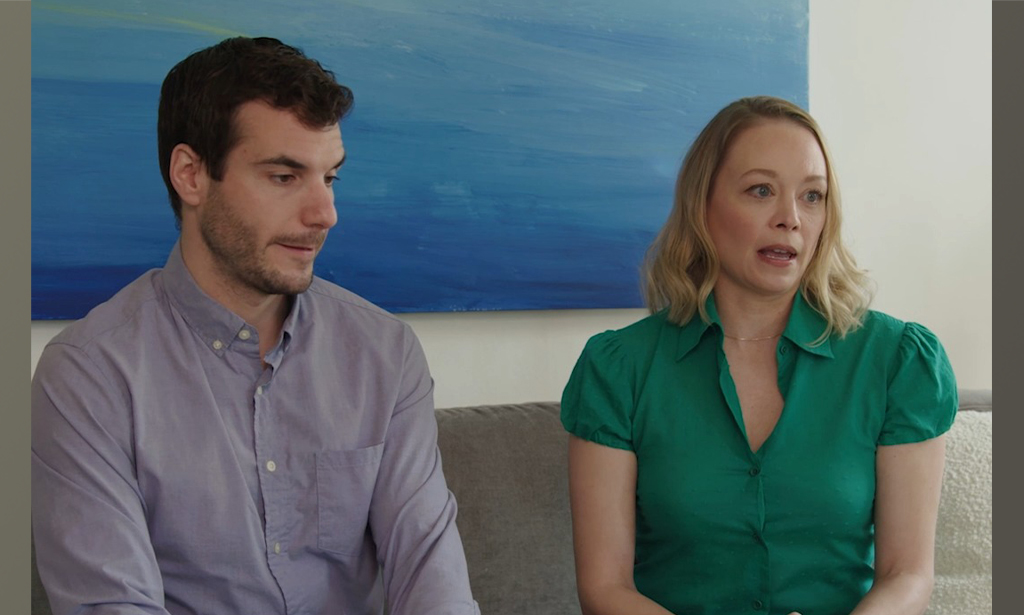Golf Drills/Practice
Max Homa Says This is the One Thing That is Hurting Your Swing Right Now
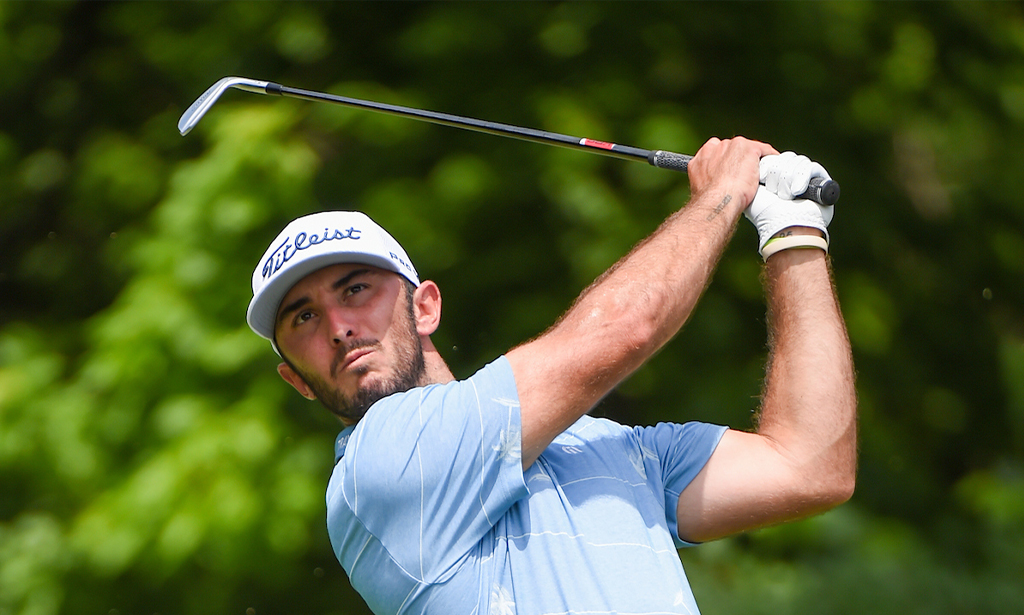
If you don’t follow Max Homa on Twitter…you should. Many amateur golfers have turned to Homa to critique their golf swing. Now these aren’t just any critiques, these golfers are getting some 3rd degree burns and they are loving every minute of it.
This looks like if Jon Rahm’s swing got addicted to hard drugs https://t.co/68ylE2QxTE
— max homa (@maxhoma23) April 8, 2020
This is no mean-spirited ribbing and Homa has even talked about how interacting with other golfers in such a way makes him love the game that much more. Recently, he even teamed up with Gillete to capitalize on the popularity of his epic roasts. Their “72 Club” is not only a promotional play on the brand’s guarantee but will include golf teams who are able to shoot a 72 on the Nextgengolf City Tour.
“You don’t want to smell bad,” Homa says. “It sounds simple, but as golfers, you’re on the course for a long time” — all while giving regular golfers some incentive to improve their scores.
“It’s a really cool way of providing opportunity for people who love golf and want to play more,” Homa continues. “I’m fortunate enough to have tournaments set up for me every week. That’s not the case for everyone, and to help give people a reason to improve and ignite that competitive fire is really awesome.”
Homa seems like an obvious choice when we are looking for some great tips without subjecting yourself to a little lite mockery and here is what he says:
Your Range of Motion is a Little Stiff
Range of motion is something that can be improved. If you can’t get your body to fully turn as much as you need it to, this can really hurt your game. Long days sitting at a desk and using the computer contributes to this lack of flexibility. This mobility is necessary in your back, hips, wrists to help you to dial in your swing.
“Range of motion is a big deal,” Homa says. “I’ve noticed golf swings get really, really short. It’s nobody’s fault, that’s just where your backswing goes to.”
A poor range of motion doesn’t just prevent you from making fully turns, but can also cause other aspects of your swing to suffer.
“The most common problem I see in the golf swing is golfers sucking the clubhead way inside on the backswing, then coming over the top and hit a big slice,” Homa says.
While he does say that there is no one size fits all approach to locking in your swing, he does offer some tips to help with reversing range of motion issues. Homa suggests enlisting the help of a trusted golf coach paired with a solid routine that focuses on flexibility.
“Dustin Johnson can swing the way he swings because his body allows him to do that. I can’t quite do that at the moment,” Homa says, explaining that getting his hands high on the backswing is an area where he’s trying to get more flexible. “Not all of us have perfect range of motion. I have a whole list of correctives I work on every day to open up different areas of my body.”
He goes on to say that flexibility training is as equally important as going to the range, particularly when you cannot get full range of motion in your swing. I think we’ll take that cue and go work on some stretches.
Golf Drills/Practice
PUTTING – AIMPOINT v PLUMB BOB

Many have been using the Plumb Bob method to help read greens for over 20 years. In this video, we are going to put it to the test. Paul (a PGA Professional) has been using a method called AimPoint, which is a green reading system that has been tried and tested at the highest level. I will tell you that PGA tour pros like Keegan Bradley, Max Homa, and Adam Scott subscribe to the Aim Point Method. While the likes of Rickey Fowler and many others rely on the Plumb Bob method… The bottom line both work, if used correctly.
Today -We will be looking at how the Plumb Bob method holds up against the AimPoint method and really see if the Plumb Bob has been helping or hindering us all over the years and if we are using it correctly.
Keep in mind: One of the key differences between the two methods is that Aimpoint Putting relies on the golfer’s ability to interpret the slope of the green using their body weight, while Plumb-Bob Putting relies on the golfer’s ability to visualize the slope using a plumb bob.
Tell us what method you use to hole more putts and why in the comments below…
Golf Drills/Practice
PGA Tour Winner: Don’t Use the Line on Your Golf Ball—Do This Instead
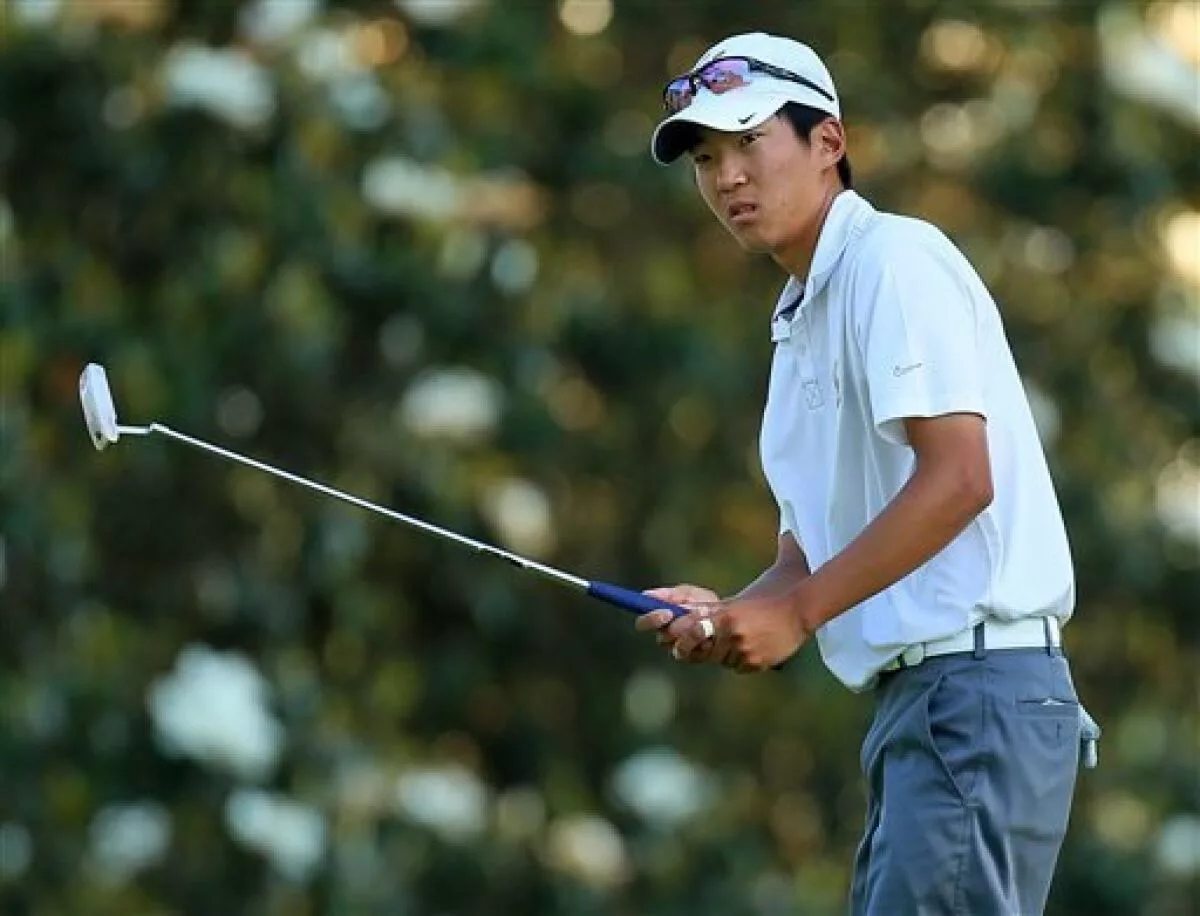
On the face of it, it’s almost a little too obvious.
Aiming in golf is really hard. But aiming well is especially important on the greens. The good news, though, is that golf balls are created with a line on them. Use the line on the ball to make sure you’re aiming exactly where you want. Problem solved, right?
Well, kind of.
It’s true that using a line can solve the problem of helping you aim where you intend to, but it can also create another one along the way.
Michael Kim, the winner of the 2018 John Deere Classic, brought it up during our interview, which was published last week. We kept that article full swing-focused but his take on the line was an interesting one, and worth a follow-up.
Kim, like Tiger Woods, Brad Faxon, and countless others, uses the line on the golf ball. He says it helps him aim better. But his advice for amateur golfers is to not bother using the line on the golf ball. Why?
Don’t use the line
The reason is pretty simple, ultimately: Kim says most golfers struggle with reading putts correctly and often get into a habit of compensating by consistently pushing or pulling their putts. Using a line may help you aim better, but it probably won’t improve your green reading skills or the technical aspects of your putting stroke. At least not right away.
This is why Kim says amateur golfers should ditch the line, and trust their instincts instead:
“Most amateur golfers shouldn’t use a line, because they’re usually not great at green reading and they rarely start their putts online. They think they’re aiming at one spot, but they’re really aiming at another. A line, for so many of them, may help them aim more accurately, but they’ll still struggle to start their putts online and read greens. I think that instead, they should tap more into where their brain and body is telling them where to aim. It will help them react a little better to the target. You don’t need to have a perfect stroke to make putts.”
Read the putt standing over the ball

Kim’s advice instead is to read the putt primarily when you’re standing over the golf ball…
“Let’s say I’m reading a putt that looks like a cup of break from behind the ball, and then I stand over the ball and it looks like two cups. I’ll always go with what I see when I’’m over the ball because that’s the point of view from which I’ve seen putts roll into the hole or miss. Even though I think I’m pretty good at reading putts from behind the ball, my brain will sometimes pick up on something over the ball based on past experience.”
…and to hone these instincts in some different ways on the practice putting green.
Golf Drills/Practice
This PGA Tour Winner’s Chipping Drill Will Help Every Golfer: No Matter the Handicap

The Basics:
There’s nothing more frustrating than a bad chip, be it a skull, chunk, or dreaded double-chip. Not only do these greenside shots account for roughly 40% of the shots in a round, but they also virtually guarantee a bogey (at best). Worst of all, bad chips can shake your confidence around the green and definitely will affect your scores. With this drill, we focus on one little thing that is so simple but is often overlooked while on the course.
Some coaches preach club selection, saying low-running shots are the easiest to hit consistently. Others are more traditional and prefer a higher-lofted chip onto the green. But there’s one thing that most coaches fail to mention—probably because they think you already know it. While most of us do, in fact, already know what it is, I can’t tell you how many times I have to slow down and remind myself to visualize and select a landing point. Every time, it needs to be part of our pre-shot routine for these pesky chip shots. If you didn’t know before, it’s possibly the one thing that can show immediate results! Watch the videos below and see what I mean.
Landing spots:
Where you land the ball informs your club selection and the type of shot you want to hit. Most golfers overlook this aspect of chipping, but it could be the key to having a more successful short game.
Rather than practicing a bunch of different shots, pick one shot and one landing spot. This will allow you to gain a better understanding of how much the ball will release every time and how hard you need to hit it to get it there.
The more you practice this, the better you will get at predicting your rollout. You know what they say: “Perfect Practice makes Perfect Results”.
Multiple golf balls, one landing spot:
To practice this, Gabriel Hjertstedt, a two-time PGA Tour winner, says to find an object like a leaf (you can put a tee or towel on the ground, too; really anything will work) as long as it helps you establish a landing spot for your chips. Hjertstedt says that picking a spot is more than just figuring out the distance your ball will release. He reads his chips like he would a putt, adjusting the landing spot for elements like break or grain.
In the video below, you’ll notice that Hjertstedt’s landing spot method helps him hit the ball within a foot or two of the hole every time—even if he doesn’t hit it in the sweet spot. That’s the beauty of focusing on your landing spot. You don’t need to hit it perfectly every time to have a general idea of how the ball is going to react once it comes back to earth.
Bonus TIP : Hjertstedt says to start small and get comfortable picking and hitting landing spots from shorter distances. And as you improve your feel, move further back. Take three balls to the practice chipping green. Start at 5–10 feet and don’t move back until you are inside a 3-foot circle on all three balls. Then move back to 10–15 feet, and so on until you make all three balls from five different locations and distances. Once you do that, you are now ready to hit the 1st tee with confidence that you can get up and down from just about anywhere off the green!
-

 Product Review5 years ago
Product Review5 years agoThe Perfect Practice Putting Mat Review by Jason Tenzer
-

 Blog3 years ago
Blog3 years agoLoophole Rule Offers PGA Tour Pros a Mulligan
-

 Blog3 years ago
Blog3 years ago2021 Buyer’s Guide: The Top 10 Value Golf Balls For Distance & Feel
-

 Blog3 years ago
Blog3 years agoGolf Marriage Counselor
-

 Blog5 years ago
Blog5 years ago9 Biggest Chokes Of The Past Decade
-

 Product Review5 years ago
Product Review5 years agoTHE ADJUSTABLE IRONS: WALKING STICKS GOLF CLUBS
-

 Blog3 years ago
Blog3 years agoWhat Your Golf Clubs Say About You
-

 Equipment5 years ago
Equipment5 years agoOHK Sports Interview by Jason Tenzer



